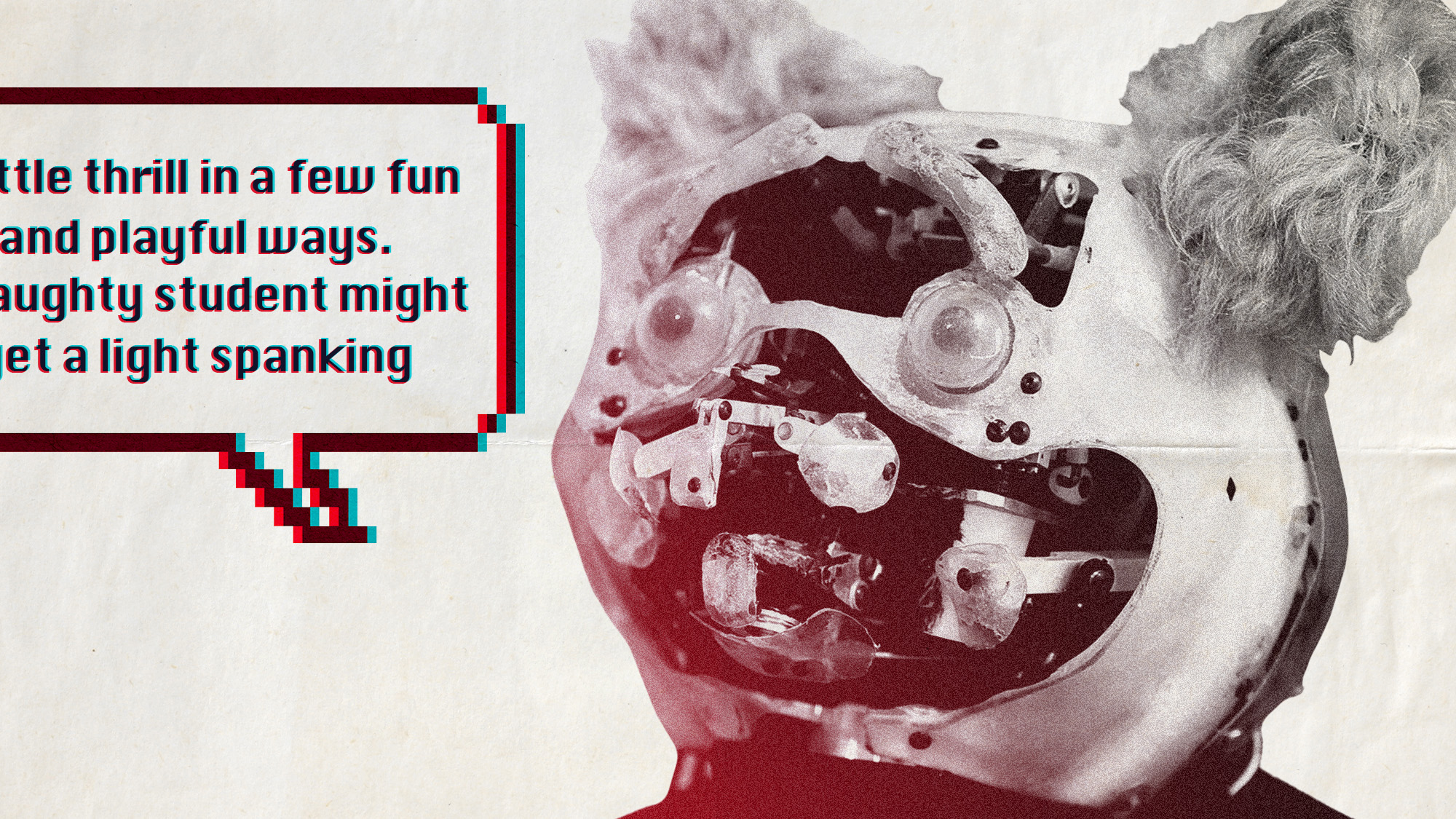Easter's deadly Ukrainian checkpoint battle makes no sense
Why would four cars of Ukrainian ultranationalist militants attack the fortified separatist town of Slovyansk?

There's very little that's clear yet about a deadly confrontation at a pro-Russia checkpoint outside the Ukrainian town of Slovyansk early Easter Sunday, but the casualties include at least three people, possibly five, and perhaps the peace deal signed Thursday by Ukraine, Russia, the European Union, and the U.S.
According to one account from a coordinator of the checkpoint, four vehicles drove up at about 3 a.m. and started firing at the pro-Russia guards, who returned fire with guns and Molotov cocktails; two vehicles were set aflame, and the survivors jumped in the other two and fled. Russia quickly embraced this version and accused Kiev of refusing to rein in "nationalists and extremists," notably the ultranationalist group Right Sector.
"Images emerged quickly on Russian television, showing a trove of evidence that was somehow retrieved unblemished from two smoldering attack vehicles — a bundle of U.S. dollars, Nazi-era weaponry, a satellite map of the region, and a telltale business card bearing the name of the Right Sector," says the Toronto Star's Mitch Potter.
The Week
Escape your echo chamber. Get the facts behind the news, plus analysis from multiple perspectives.

Sign up for The Week's Free Newsletters
From our morning news briefing to a weekly Good News Newsletter, get the best of The Week delivered directly to your inbox.
From our morning news briefing to a weekly Good News Newsletter, get the best of The Week delivered directly to your inbox.
The "pristine business card said to have been left behind by the attackers," says the AP's Yuras Karmanau, especially "was met with widespread ridicule in Ukraine, where it soon had its own Twitter hashtag." Right Sector (Pravy Sektor) also mocked the found card, bearing the name of group leader Dmytro Yarosh. "As if the militants of Pravy Sektor carry Yarosh's business cards with them!" spokesman Artyom Skoropadskiy tells the BBC, adding, "Right Sector was not there, and whatever happened there was an obvious provocation from the Russian secret services." The New York Times notes a few other fishy details:
The remains of a pickup truck and a sport utility vehicle sat in the center of the road, incinerated except for two unburned out-of-town license plates: one screwed onto a fender, the other merely set on a fender. Bullet holes in the pickup truck's driver-side door showed that the truck had been fired on from the side or from behind as it faced the checkpoint. [The New York Times]
Separately, The New York Times reports that photographic evidence strongly suggests that the "mysteriously well-armed, professional gunmen known as 'green men'" who have taken over government sites in eastern Ukraine are, despite denials from Moscow, Russian military and intelligence forces.
That doesn't explain what happened at the Slovyansk checkpoint, or how the locals feel about the very real loss of three townspeople — they're angry, and they blame Kiev, according to the Toronto Star's Potter. Slovyansk's separatist-appointed "people's mayor," Vyacheslav Ponomaryov, is asking Russia to send in "peacekeepers," and plenty of smart people think that's a real possibility.
The idea that Right Sector militants from the west would try to enter an unfriendly town in the east doesn't make much sense. But who would you trust, a group of neo-fascist Ukrainian nationalists you already dislike or the country you are asking for help?
A free daily email with the biggest news stories of the day – and the best features from TheWeek.com
Peter has worked as a news and culture writer and editor at The Week since the site's launch in 2008. He covers politics, world affairs, religion and cultural currents. His journalism career began as a copy editor at a financial newswire and has included editorial positions at The New York Times Magazine, Facts on File, and Oregon State University.
-
 8 incredible destinations to visit in 2026
8 incredible destinations to visit in 2026The Week Recommends Now is the time to explore Botswana, Mongolia and Sardinia
-
 Wave of cancellations prompt Kennedy Center turmoil
Wave of cancellations prompt Kennedy Center turmoilIN THE SPOTLIGHT Accusations and allegations fly as artists begin backing off their regularly scheduled appearances
-
 The dark side of how kids are using AI
The dark side of how kids are using AIUnder the Radar Chatbots have become places where children ‘talk about violence, explore romantic or sexual roleplay, and seek advice when no adult is watching’
